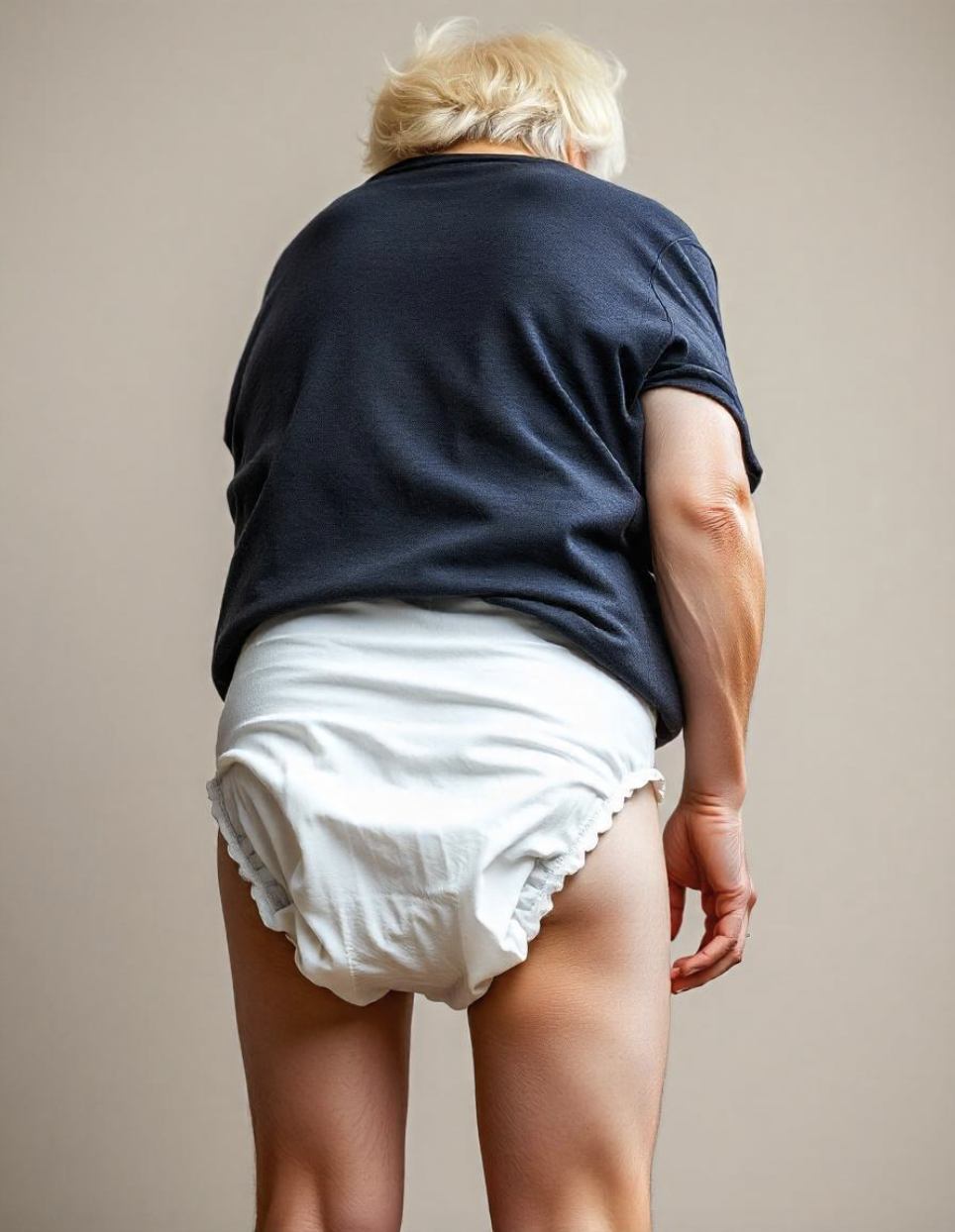How To Quickly Soothe and Get Rid of an Adult Diaper Rash In 24 Hours
Did you know that diaper rash affects 50% of critically ill patients, 20% of those who are hospitalized, 7.6% of patients in a long-term acute care facility, and 3.4% of residents in a nursing home on a regular basis?
Though not very rare, this is one of the uncomfortable conditions one can be infected with due to the influence of moisture, friction, or irritants. Thus, a timely solution to this problem is important, considering the increasing prevalence rates among different patient groups.
How can you treat and heal adult diaper rash within the shortest time possible to minimize discomfort and other relevant complications? What immediate measures would help prevent or overcome diaper rash?
Continue reading this article to understand what can be done to provide quick relief and keep skin healthy.
Understanding Adult Diaper Rash
Adult diaper rash is a prevalent problem experienced by many people who wear incontinence products. These rashes can elicit symptoms of redness, itchiness, and feelings of discomfort, or may even progress to sores if left untreated.
The primary causes of adult diaper rash include:
Prolonged Moisture: Prolonged contact with moisture reduces the skin’s ability to act as a barrier, hence increasing the likelihood of itching and infections. Prolonged duration between diaper changes and diapers of low absorbency can worsen this problem.
Friction: When the diaper is worn for long, the constant rubbing between the skin and the diaper can lead to rashes. This is very prominent especially where the diaper fits snugly or where there is friction instigated by motion.
Irritants: Most incontinence products come with scents, dyes, or chemicals that likely would cause rashes to sensitive skin. Such substances may also cause allergies or sensitivities that lead to diaper rash.
To treat and prevent further appearance of the rash, it is important to take prompt action. Now, let’s explore a few measures to understand how to get rid of a diaper rash in 24 hours.
Strategies to Get Rid of an Adult Diaper Rash In 24 Hours
1. Immediate Relief for Adult Diaper Rash
Clean and Dry the Area
Start by using a mild, hypoallergenic soap, and warm water to wash the affected part of your skin. It is also important not to use harsh soap or rub the affected skin vigorously as this may worsen the irritation.
Instead, wash your skin gently so that any remnants that might be contributing to the rash are washed away. After washing the area, wipe with a soft and clean towel, ensuring you don’t scrub the skin surface. Friction can also worsen the rash, cause more itching, and aggravate the skin.
Air Out the Area
Encourage the patient to be out of the diaper for some time so that the area can dry to enhance healing. It can be particularly useful in the initial phases of the treatment.
If possible, let the individual stay in a cool environment with proper air circulation for them to continue drying up the skin. Airing out serves to enhance the healing process as it reduces the chance of exposure to wetness for a long duration which may cause further friction.
2. Choosing the Right Products
Select Hypoallergenic and Breathable Diapers
When selecting a new diaper, make sure to select products that are hypoallergenic. Choose comfortable, soft diapers that do not contain dyes, fragrances, or anything that can possibly cause skin irritations. Such diaper types are less likely to worsen the rash and can improve comfort and overall experience.
Apply Barrier Creams or Ointments
Use a thick layer of barrier cream or ointment on the skin to prevent more irritation. Petroleum jelly and zinc oxide are good options.
Zinc oxide forms a protective barrier over the skin and the petroleum jelly retains the moisture and protects the skin against friction. These products should be used profusely on the affected area so as to prevent getting in touch with additional moisture.
3. Effective Remedies and Treatments
Natural Remedies
Using natural remedies can provide much-needed relief and promote the healing process. The two natural remedies are coconut oil and aloe vera gel.
Coconut oil has anti-inflammatory properties that will help to reduce skin inflammation while aloe vera gel has a cooling effect that is vital in helping with skin repair. These remedies must be used gently on the rash and allowed to soak in.
Over-the-Counter Treatments
If the rash looks like a fungal or inflammation type, you may treat it using over-the-counter treatments. Antifungal creams can be used if any fungal infection is present, and hydrocortisone cream can be used to treat inflammation and itchiness. Always adhere to the guidelines on the packaging instructions and seek medical help if in doubt.
4. Preventing Future Diaper Rash
Regular Changes and Proper Hygiene
To prevent recurrence, ensure that one changes the diapers often to minimize exposing the affected area to moisture. Make it a practice to clean well and dry the affected area each time before putting on a new diaper. Skin care is also important to avoid further irritation and the formation of complications that may slow down the healing process.
Avoid Irritants
Utilize fragrance-free hypoallergenic products for wiping or any form of diapering. Avoid products which contain added scents or colors to avoid further skin reactions and to keep skin healthy. Choose mild, non-abrasive wipes, and cleaning solutions to minimize the chances of diaper rash.
Conclusion
Treating adult diaper rash promptly is essential since it reduces further discomfort and speeds up recovery.
You can manage and resolve diaper rash by following the steps outlined—cleaning and drying the area, choosing the right products, and applying effective remedies—within 24 hours.
Preventive measures, such as regular diaper changes and avoiding irritants, play a crucial role in minimizing future occurrences. Medical help is essential for an accurate diagnosis and treatment if the rash continues or worsens despite these attempts.
Proactive measures guarantee short-term alleviation and long-term skin health.

